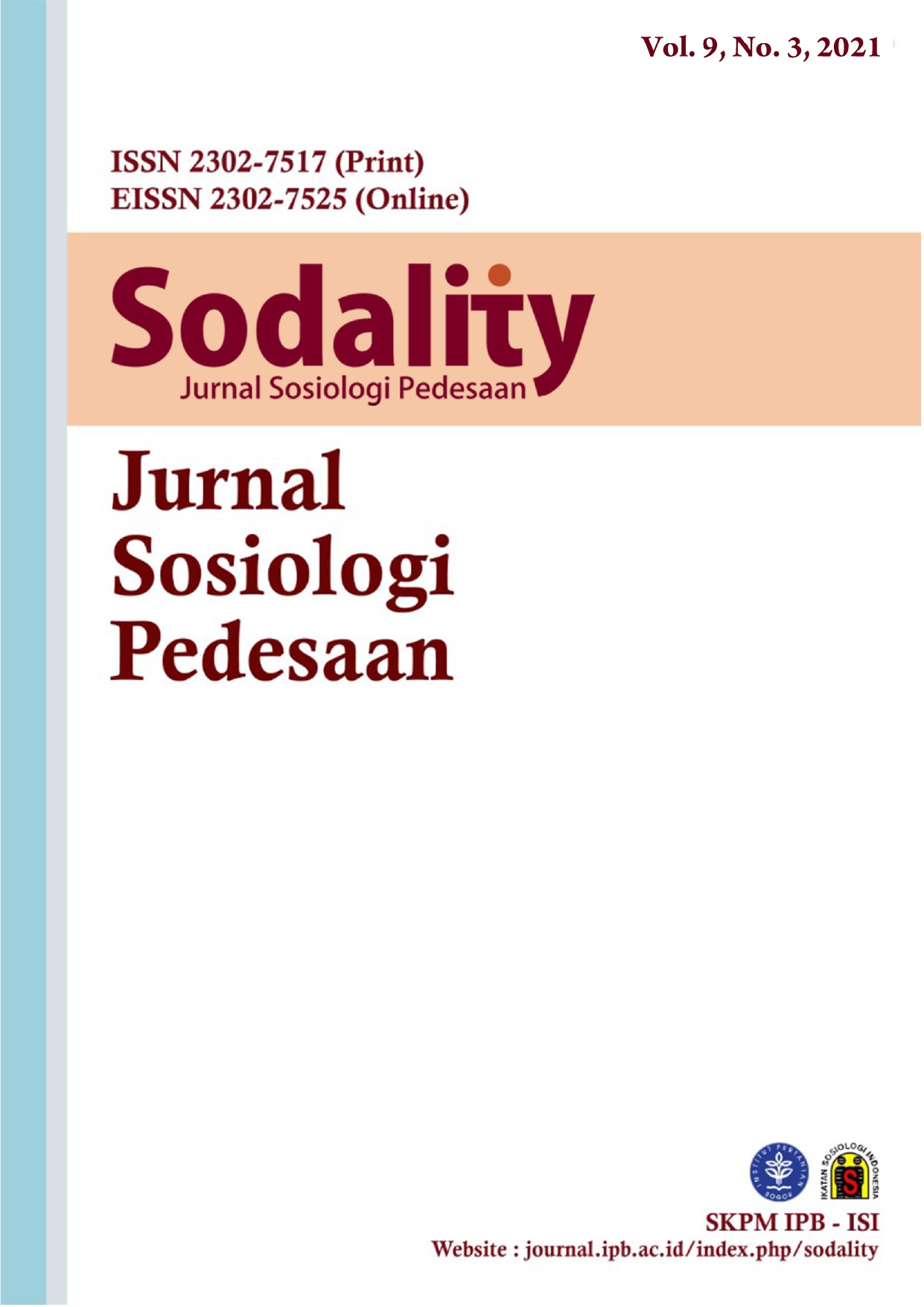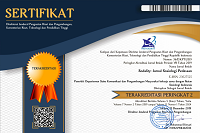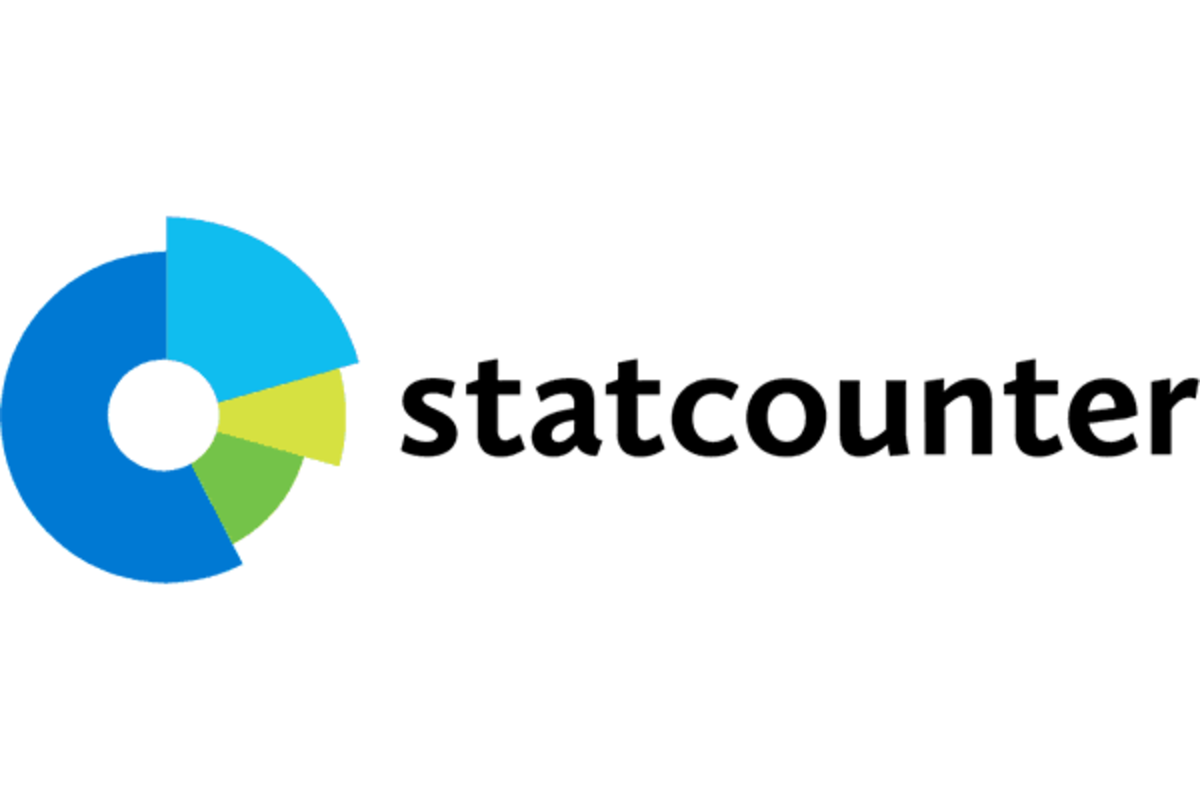The Grassroots Innovation of Customary Forest Management: A Case Study of Kulawi-Marena Community in Sigi Regency, Central Sulawesi
Abstract
The Kulawi-Marena community is one of the communities with customary law units located in Sigi Regency, Central Sulawesi.They have inhabited the area around the forests of the Lore Lindu National Park (TNLL) long before Indonesia became a country. The Katuvua customary law system is a mechanism for effective natural resource management in preserving forests and ensuring social order, rather than the governance applied by national park managers. The writing of this article is based on research conducted by the author with the Indonesian Institute for Forest and Environment (RMI) with the support of FAO funds in 2018. Qualitative methods were used in the data collection process through Participatory Rural Appraisal (PRA), in-depth interviews, and Focus Group Discussions (FGD). This article describes the customary forest management practices by the Kulawi-Marena community based on the Katuvua customary law system. Furthermore, this article shows that this practice is a form of grassroots institutional innovation that reflects "sodality" according to the understanding that has been formulated by Prof. Tjondronegoro which in this case is for the context of people outside Java. This kind of grassroots innovation in forest management based on customary law can be used as a lesson for efforts to resolve agrarian conflicts around conservation areas.
References
Adiwibowo, S., Shohibuddin, M., & Kartodihardjo, H. (2013). Kontestasi devolusi: ekologi politik pengelolaan hutan berbasis masyarakat. In H. Kartodihardjo (Ed.), Kembali ke jalan lurus. Center for Forestry Organization, Capacity and Institution (FORCI) Development & Tanah Air Beta.
Aziz Khan. (2011). Kerangka Pikir di balik Kebijakan Usaha Kehutanan Indonesia: Sebuah Analsis Diskursus. IPB.
Benford, R. D. (1997). An Insider’s Critique of the Social Movement Framing Perspective. Sociological Inquiry, 67(4), 409–430. https://doi.org/10.1111/j.1475-682X.1997.tb00445.x
Cahyono, E. (2020). Pak Tjondro, Sang “GURU”: Digugu Lan Ditiru. In M. Sihaloho & B. E. Yulian (Eds.), Eulogi untuk Prof. Dr. Sediono MP Tjondronegoro: Mengenang dan Meneladani Sang Guru. PSA IPB.
Chambers, R. (1994). The Origins and Practice of Participatory Rural Appraisal. World Development, 22(7), 953–969.
Cronkleton, P., Taylor, P. L., Schmink, M., & Stone-Jovicich, S. (2006). Rural Social Movements and Forest Governance: Assistance to Grassroots Organizations to Promote Conservation and Development in Latin America.
D’Andrea, C. (2013). Kopi, Adat, dan Modal: Teritorialisasi dan Identitas Adat di Taman Nasional Lore Lindu Sulawesi Tengah. Tanah Air Beta, Sajogyo Institute, Yayasan Tanah Merdeka.
Donkor, F. K. (2015). Forest Management Through Social Innovation in Rural Ghana: The Case of The West Gonja District. Social Transformations in Contemporary Society, 3, 142–154.
Gelow, Z. J., & Pandonge, M. K. (2008). “Malea Allo Mepantu” Borong Bulan Meampangi: Masyarakat Seko Pada Masa DI/TII (1951-1965). Yayasan Ina Seko.
Gupta, A. K. (2016). Grassroots Innovation: Minds on the Margin are not Marginal Minds. Penguin Books India Pvt Ltd.
Haynes, E., Marawili, M., Marika, B. M., Mitchell, A. G., Phillips, J., Bessarab, D., Walker, R., Cook, J., & Ralph, A. P. (2019). Community-based participatory action research on rheumatic heart disease in an Australian Aboriginal homeland: Evaluation of the ‘On track watch’ project. Evaluation and Program Planning, 74, 38–53. https://doi.org/10.1016/j.evalprogplan.2019.02.010
Hess, D. J. (2007). Alternative Pathways in Science and Industry: Activism, Innovation and the Environment in an Era of Globalization. MIT Press.
Hidayati, N., & Yulyandini, M. D. (2020). Naskah Bersama Pelambatan Hutan Adat. http://rmibogor.id/publikasi/kertas-kebijakan/
Kartodihardjo, H. (2016). Diskursus dan Kebijakan Institusi–Politik Kawasan Hutan: Menelusuri Studi Kebijakan dan Gerakan Sosial Sumber Daya Alam di Indonesia (Orasi Guru Besar Tetap Fakultas Kehutanan IPB).
Kartodihardjo, H. (2018). Analisis Kebijakan Pengelolaan Sumberdaya Alam: Diskursus-Politik-Aktor-Jaringan. SAINS.
Luthfi, A. N. (2011). Melacak Sejarah Pemikiran Agraria Sumbangan Pemikiran Madzhab Bogor. STPN Press.
McAdam, D., McCarthy, J. D., & Zald, M. N. (1996). Comparative Perspective on Soscial Movements: Political Opportunities, Mobilizing Structures, and Cultural Framings. Cambridge University Press.
Mueller, J. G., Assanou, I. H. B., Dan Guimbo, I., & Almedom, A. M. (2010). Evaluating Rapid Participatory Rural Appraisal as an Assessment of Ethnoecological Knowledge and Local Biodiversity Patterns. Conservation Biology, 24(1), 140–150. https://doi.org/10.1111/j.1523-1739.2009.01392.x
Peluso, N. L. (1992). Rich Forest, Poor People: Resource Control and Resistance in Java. University of California Press.
Peluso, N. L. (2006). Hutan Kaya, Rakyat Melarat: Penguasaan Sumber Daya dan Perlawanan di Jawa (N. Fauzi (ed.); Terjemahan). Konphalindo & INSISTPress.
Peluso, N. L., & Vandergeest, P. (2001). Genealogies of the Political Forest and Customary Rights in Indonesia, Malaysia, and Thailand. The Journal of Asian Studies, 60(3), 761–812. https://doi.org/10.2307/2700109
Saleh, H. A. (2008). Kajian tentang Pemerintahan Desa Perspektif Otonomi Daerah. GOVERNMENT : Jurnal Ilmu Pemerintahan, 1(1).
Sarfo-Mensah, P., & Oduro, W. (2007). Traditional Natural Resources Management Practices and Biodiversity Conservation in Ghana: A Review of Local Concepts and Issues on Change and Sustainability. https://ideas.repec.org/p/fem/femwpa/2007.90.html
Schumacher, E. F. (1973). Small is Beautiful. Blond and Briggs.
Shohibuddin, M. (2003). Artikulasi Kearifan Tradisional dalam Pengelolaan Sumberdaya Alam Sebagai Proses Reproduksi Budaya (Studi Komunitas Toro di Pinggiran Kawasan Taman Nasional Lore Lindu, Sulawesi Tengah). Institut Pertanian Bogor.
Smith, A. (2005). The alternative technology movement: An analysis of its framing and negotiation of technology development. Human Ecology Review, 12(2), 106—11.
Smith, A., Fressoli, M., Abrol, D., Arond, E., & Ely, A. (2016). Grassroots innovation movements: Pathways to sustainability. Grassroots Innovation Movements, 1–224. https://doi.org/10.4324/9781315697888
Suharjito, D. (2000). Pengelolaan Hutan Berbasis Masyarakat. Pustaka Jaya.
Tjondronegoro, S. M. P. (2004). Forest Margin Protection and Community Involvement. In Land Use, Nature Conservation and the Stability of Rainforest Margins in Southeast Asia (pp. 27–37). Springer Berlin Heidelberg. https://doi.org/10.1007/978-3-662-08237-9_2
Tjondronegoro, S. M. P. (2012). Emancipating Adat Communities and Promoting Democratic Organization. In A. Booth, C. Manning, & T. K. Wie (Eds.), Land, Livelihood, the Economy and the Environment in Indonesia: Essays in Honour of Joan Hardjono. Yayasan Pustaka Obor Indonesia.
Weerman, A., & Abma, T. (2019). Social work students learning to use their experiential knowledge of recovery. An existential and emancipatory perspective. Social Work Education, 38(4), 453–469. https://doi.org/10.1080/02615479.2018.1538335
Yudanto, A. (2016). Adat, Kedelai, dan Pelestarian Hutan: Perubahan Lahan dan Produksi Lokalitas pada Orang Wana, Sulawesi Tengah. Universitas Gadjah Mada.
Authors who publish with this journal agree to the following terms:
- Authors retain copyright and grant the journal right of first publication with the work simultaneously licensed under a

This work is licensed under a Creative Commons Attribution 4.0 International License. that allows others to share the work with an acknowledgement of the work's authorship and initial publication in this journal. - Authors are able to enter into separate, additional contractual arrangements for the non-exclusive distribution of the journal's published version of the work (e.g., post it to an institutional repository or publish it in a book), with an acknowledgement of its initial publication in this journal.
- Authors are permitted and encouraged to post their work online (e.g., in institutional repositories or on their website) prior to and during the submission process, as it can lead to productive exchanges, as well as earlier and greater citation of published work (See The Effect of Open Access).





.png)









